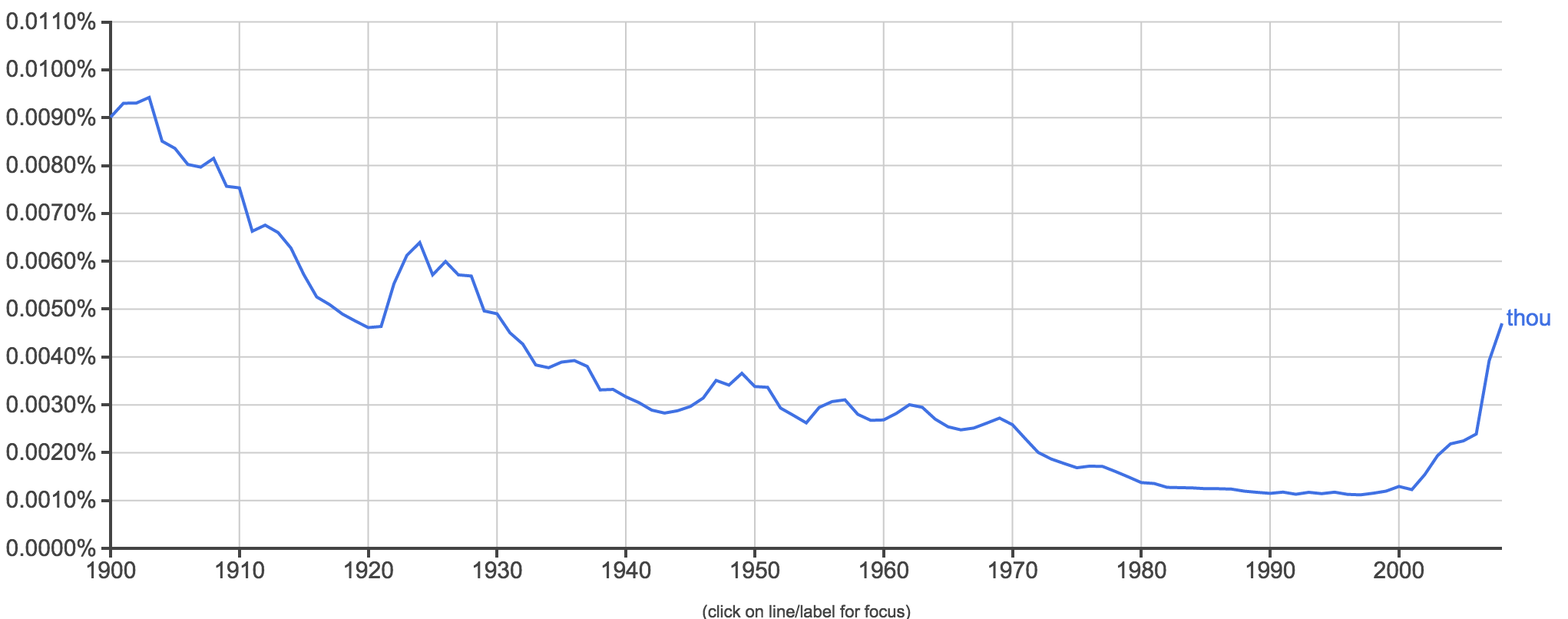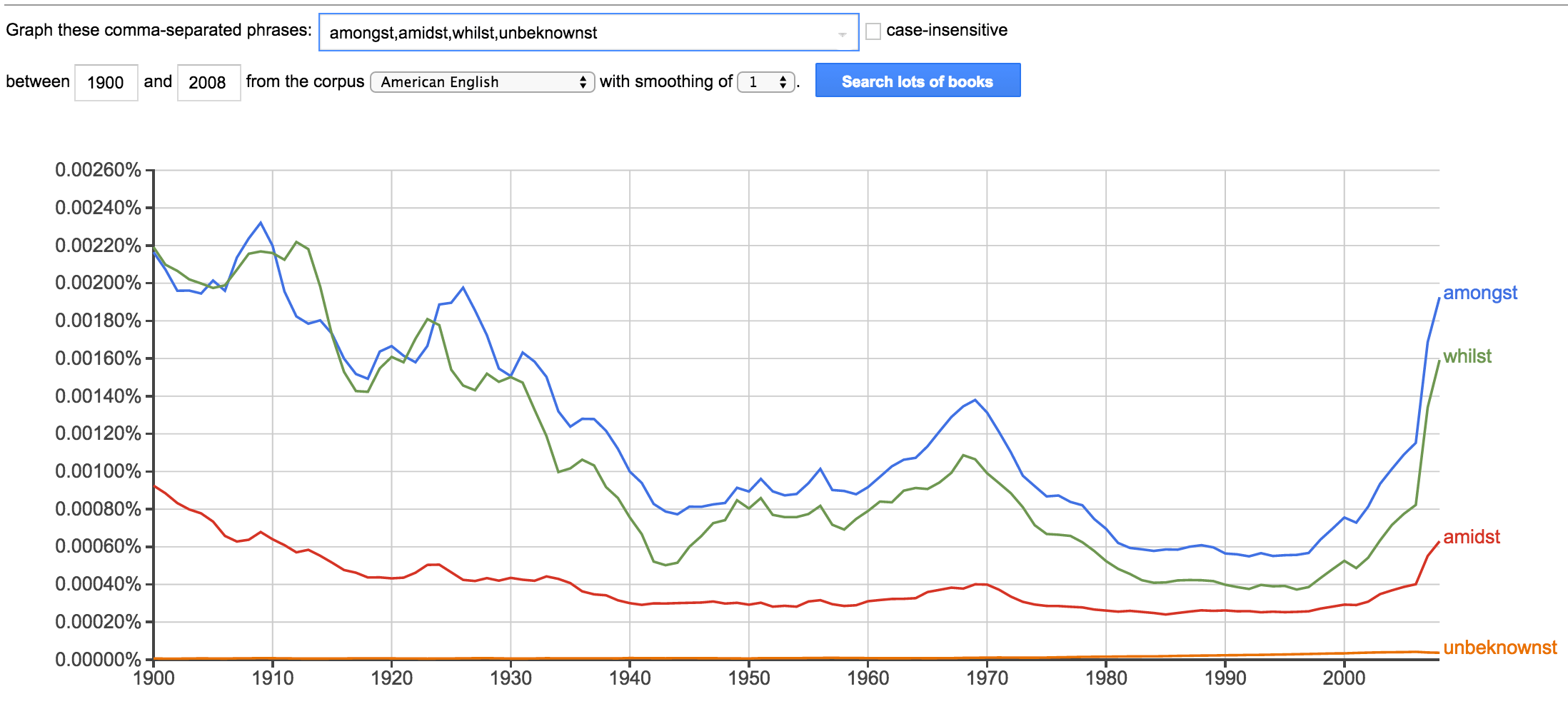Nostalgia ain’t what it used to be, as the saying goes.
Lumberjack beards, old typewriters, old-timey drinks, thick rimmed glasses, your grandmother’s knitting, fixed gear bicycles, mason jars for every occasion, workaday heritage brands, you name it – if it’s oldish, it’s in. All things vintage have now become eagerly sought after status symbols by modern-day consumers of a particular stripe, albeit with an ironic twist, under the insidious guise of counterculture coolness.
These are some of the hallmarks of today’s so-called hipster, the caricatured figure of a subculture much mocked in the media and on the internet, yet who somehow persists in having a widespread impact on popular culture and counterculture as it moves, sometimes unwillingly, into mainstream consciousness. Despite having been seen as “a self-obsessed aesthetic vacuum, stripped of its subversion and originality”, modern hipster culture seems to be uniquely placed as a trendsetter across generations, with perhaps more staying power than it’s given credit for. Like it or not, it’s often hipsters who are responsible for influencing so many current trends in design, fashion, music, film, and art. But many of these modern trends, it would seem, are more about the past and less about looking to the future.
A colorful, if not overly flattering Time Out New York article described it thus: “Under the guise of ‘irony’, hipsterism fetishizes the authentic and regurgitates it with a winking inauthenticity. [..] Hipsters have de-fanged, skinned, and consumed the fringe movements of the postwar era—Beat, hippie, punk, even grunge. Hungry for more, and sick with the anxiety of influence, they also feed from the trough of the uncool, turning white trash chic, and gouging the husks of long-expired subcultures—vaudeville, burlesque, cowboys and pirates.”
Whew. That is to say, today’s hipsters are nostalgia miners who enjoy fossicking around in the past for cultural items, in an effort to attain authenticity and autonomy (always frantically one step ahead of the mainstream) and ultimately, an eponymous ‘hipness’. Arguably, rather than producing something novel, hipster culture re-samples from history and remixes it into something new.
So if all sorts of retro symbols from the past are being revived, consumed, and regurgitated by a fast-moving hipster culture, it’s a fair question for us language obsessives to ask: is vintage language, perchance, also making a comeback?
In this decidedly unscientific investigation, the answer seems to be a resounding: mayhaps?

The word “hipster” itself has a much longer history than most people realize and had fallen into expired territory well before it underwent an abrupt revival in the 1990s. Though there’s no definitive etymology for where the word “hip” (or “hep”), meaning fashionable or cool, really comes from, there were definitely hipsters around before it was cool. Time, we might say, has not been kind to the “hipster myth”. Since being controversially described by Norman Mailer, Jack Kerouac, and others of the Beat Generation, the notion of the hipster (much like the word “dude”) has undergone a bit of a semantic shift. Once romantically considered a “generation of crazy, illuminated hipsters suddenly rising and roaming America, serious, curious, bumming and hitch-hiking everywhere, ragged, beatific, beautiful in an ugly, graceful way… beat, meaning down and out but full of intense conviction“, hipster culture, no longer for iconoclastic anti-conformists and unable to find anyone who would willingly admit to being a member, seems to work hand in hand with mainstream marketing, against its own original identity, to sell the past wholesale to anyone who wants a hip piece of authenticity.
It may seem that hipster culture cycles at lightning speed through random eras of the past for the current blink-and-you’ll-miss it incarnation of cool. Trucker caps and Pabst Blue Ribbon beer were, just a few years ago, considered stereotypical symbols of the hipster, whereas these days you’re more likely to find bushy 1890s style beards with craft whiskeys in hand. The cultural language of hipsterdom has definitely undergone a change over the past few years. Subtle changes in language use can happen just as quickly, as detailed in the 1968 paper “Conditions under Which College Students Borrow, Use, and Alter Slang“, in which the authors describe how certain slang phrases, such as “gung-ho”, can move from being positively viewed to negative over the course of a college career, based on the contexts the slang is used in and who it’s associated with, before falling out of favor. Certainly hipster culture, like most subcultures, has produced its own fair share of slang and neologisms that can change in popularity, as well as in semantics, very quickly. It also seems every so often there are humorous listicles that call, in vain, for making archaic Victorian slang happen. It hasn’t happened. Understandably, a slang term like ‘podsnappery‘ might never come back in fashion but it might seem weird to us if more common archaisms like ‘thou’, ‘thee’ and ‘thine’ did.
The pull of hipster-based enthusiasm for vintage consumerism has also encouraged a rise in makers and creators, who are reviving lost arts in handmade arts and crafts. With this naturally comes a change in word choices to describe and market new-old products with a veneer of the nostalgic. We see this in the language of food, for instance, and in the marketing of hipster spaces such as bars and cafes. This seems like a natural extension, using vintage-inflected language to talk about vintage products. But further than just ephemeral, out of date slang and neologisms, or product-related language, are other kinds of vintage language use also being revived under this new cultural influence that reflects the cool authenticity of the past? Has it turned out that we really need old-fashioned language to talk of old-fashioned things that have now become unexpectedly hip?
In Warren and Campbell’s “What Makes Things Cool? How Autonomy Influences Perceived Coolness,” the authors note that “the things that consumers consider cool change both over time and across consumers.” Coolness, ultimately, is “the extent to which one shows, or does not show, autonomy. Autonomy refers to a willingness to pursue one’s own course irrespective of the norms, beliefs, and expectations of others. Conformity, mimicry, and belonging suggest a lack of autonomy because they require following or conceding to the will of others. Conversely, unconventionality, rebellion, individuality, authenticity, and independence show autonomy because they require doing one’s own thing and going against what others expect or prescribe.”
According to this study, nonconformity against established norms—but not too much to be weirdly inappropriate—is one of the keys to coolness.
The hipster myth, however uneasily, seems curiously to be quite good at this. Hipster culture unites both conformity and non-conformity by celebrating the formerly uncool things of a past mainstream and making them appear modern, authentic, and hip, hand in hand with heritage. Unlike other celebrated countercultures such as the punk or hip-hop movement, there still aren’t many who would seriously self-identify as hipsters, yet the influence of the hipster myth on the wider cultural consumer is clear. This in turn seems to have had an impact in society on many areas of culture, including linguistic choices.
For example, if grandparents were once regarded as the epitome of uncool, it now seems their ‘normcore’ style, their hobbies and interests and even the common names of generations past, such as Lilian, Silas or Adeline, have now become cool. In “Children’s First Names: An Empirical Study of Social Taste” we see how the choice of name for a newborn baby can reflect wider social concepts of what is tasteful or high prestige in certain subsets of society, while at the same time “the taste for difference sometimes leads counterculture groups to pursue that which is unpopular to the broader society.” It could be argued that, passed through the more appropriate filter of not-quite-edgy hipster counterculture, once unpopular old-fashioned names have followed other expired cultural objects in becoming seen as more fashionable and tasteful. The hipster-influenced trend towards these vintage names meets both the countercultural taste for difference while conveying an overall sense of status and style under the authority of heritage. This can be taken to humorous effect in internet amusements as this Brooklyn Bar Menu generator, in which many of the generated bar names are likewise more old-fashioned or nostalgic. It works because the elements of a hipster bar in Brooklyn are now an easily recognizable cliché, down to the names and the language of the menu.
So much for linguistic choices in naming conventions. It also turns out there’s other linguistic evidence, circumstantial, but still curious, that archaic language is slowly creeping back into modern life, with naked foot stalking in your chamber. Take the word ‘bedchamber‘, which seems appropriately old and in retirement. Yet according to Google Ngrams, the appearance of the word seems to be increasing. But perhaps, like fortnight, the word may still be in frequent use in some non-American English dialects. Well, if we restrict a word like bedchamber or fortnight to just the American English corpus we still see a steep uptick in the use of the word. Consider also words like bespoke, peruse, smitten, dapper, to name a few. Most would agree they’re words reflective of an older age. Why then are these words seemingly growing more popular, particularly from the turn of the 21st century, just when the modern hipster was being reborn?
Admittedly, these examples are cherry-picked—not all vintage terms are undergoing a revival. What’s interesting is that the archaic terms being revived are not necessarily just slang from a past era, but arguably more common words that have once fallen out of favor and the use of which can serve to give the speech context—say, a nostalgic air, reflecting the cultural values and tastes of the speaker.
For certain other subcultures which eschew the notion of mainstream coolness, such as nerd culture, it’s preferable to seem unaware of youth slang culture altogether. The non-conformist linguistic approach replacing typical slang as a group marker in this case is to employ the use of a ‘superstandard’ English, with its “greater use of “supercorrect” linguistic variables: lexical formality, carefully articulated phonological forms, and prescriptively standard grammar.” Whether we can make an analogy from the hypercorrect English usage of nerd culture to the nostalgia-inflected linguistic tastes of hipsterdom is another matter, but it certainly seems that, for some, knowledge of grammar and a seeming lack of knowledge of current pop culture has become a significant ideological marker of social taste and cultural status. It seems all the cool kids are doing it now.
The rise in vintage language hasn’t gone unnoticed by professors marking undergraduate college papers, as discussed in this article about the resurgence of words like amidst, amongst, whilst, which often are assumed to be hypercorrections, where more common variants (amid, among, and while, respectively) are already available in American English (note that the –st ending words are still often in use in British and Australian English dialects). Perhaps they really are hypercorrections, or perhaps these “sophomoric” writers are merely following a cultural trend by using more vintage words for literary effect.

If we take a look at “New or Old-Fashioned? Informant Awareness of Chronological Status“, which queried a cross-generational range of speakers for their opinions on archaic language, we can see that quite a few words previously considered old-fashioned, such as veranda, curtain, sofa, are now current and common, while some terms considered modern by speakers at the time, such as bureau, would now be considered a bit outdated. Additionally, terms that we might think of as still a bit old-fashioned apparently are rising in use, such as garret and parlor. It may be that language is simply moving in cycles and often what is old becomes new again, much like 1980s and 1990s fashion, regardless of the type of cultural influence, hipster or otherwise. We could make that argument for generational naming conventions, perhaps, but what about the wider trends in archaic language use of multiple eras?
In the end, who can say whether the hipster-driven trends in revisiting the past can be tied to this wave of vintage terms back in vogue? There’s certainly something afoot here and it makes sense that the overwhelming interest in the vintage world of yesteryear might have a nudging influence on how today’s cultural world is described. After all, what could better be paired with the things of the past than the hand-crafted, reclaimed words of an older vintage?







